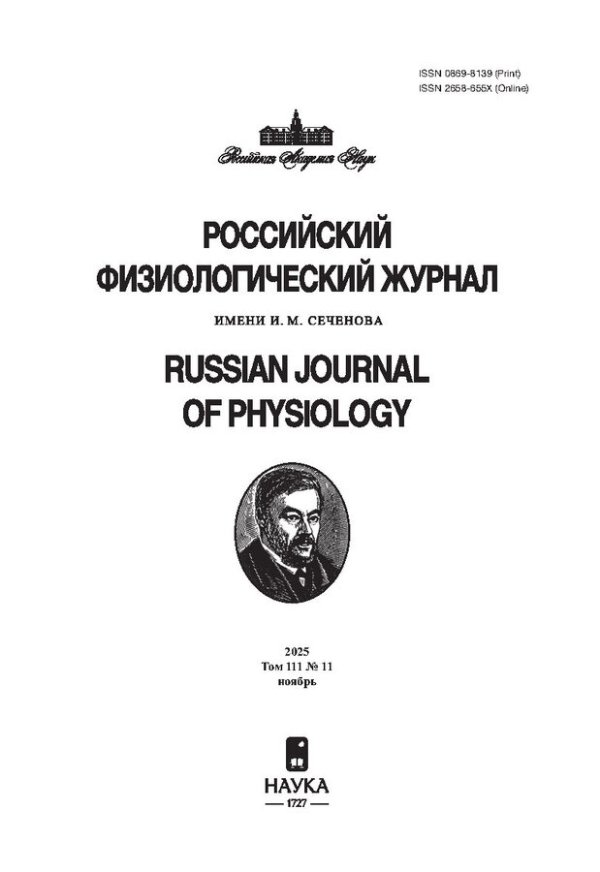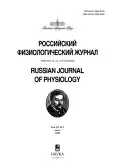Прогрессирующее возрастное снижение массы, силы и функции скелетных мышц приводит к потере и атрофии мышечных волокон и сопутствующему замещению их жировой и фиброзной тканью, саркопении. Мышцы подвержены множественным формам молекулярных и клеточных повреждений, включая нарушение регенеративной способности, оборота белков, митохондриальную дисфункцию и клеточное старение, которое проявляется остановкой клеточного цикла. С возрастом такие клетки накапливаются и приобретают отличительные свойства, характеризующиеся изменениями хроматина и появлением специфического секреторного, связанного со старением фенотипа (SAS-фенотип), который оказывает локальное и/или системное негативное влияние на ткани организма. Цель настоящего обзора – представить ландшафт признаков старения клеток скелетных мышц, основанный на данных доказательства их роли в возрастном изменении массы, силы, функции мышц и клинических последствий данного явления, а также продемонстрировать ключевые направления в разработке новых методов сенесцентной терапии саркопении. Критерии включения: рандомизированные или нерандомизированные контролируемые исследования, изучающие роль старения клеток в возрастзависимом изменении и патофизиологии скелетных мышц. Поиск данных осуществляли в электронных научных базах Google Scholar, Medline, PubMed, Scopus, Web of Science и Cochrane Library по ключевым словам и их сочетаниям, используя программу AMSTAR 2. Отбор публикаций (из 430 включено 82) производили случайным образом, после чего независимо авторами давалась оценка их методологического качества. Доказана решающая роль клеточного старения при формировании SAS-фенотипа в возрастной патофизиологии скелетных мышц. Эти явления изменяют гомеостаз мышечной ткани и способствуют возникновению и прогрессированию саркопении. Воздействие на стареющие клетки и их секреторные профили может способствовать разработке комплексных стратегий, включая использование сенолитиков и сеноморфов, для улучшения качества жизни стареющей популяции населения. С другой стороны, на настоящий момент недостаточно данных об уязвимости к старению терминально-дифференцированных волокон скелетных мышц и резидентных мононуклеарных клеток интерстициального микроокружения. Приводятся различные мнения о вкладе этого явления в начало и прогрессирование возрастной потери массы и дисфункции скелетных мышц, а также инициации саркопении. Научные достижения в данной области позволят определить новые терапевтические подходы для оптимизации здоровья мышц в пожилом возрасте.
 995-1017
995-1017


 1018-1041
1018-1041


 1042-1065
1042-1065


 1066-1083
1066-1083


 1084-1100
1084-1100


 1101-1116
1101-1116


 1117-1133
1117-1133


 1134-1152
1134-1152


 1153-1167
1153-1167


 1168-1184
1168-1184


 1185-1197
1185-1197


 1198-1210
1198-1210


 1211-1224
1211-1224


 1225-1242
1225-1242












